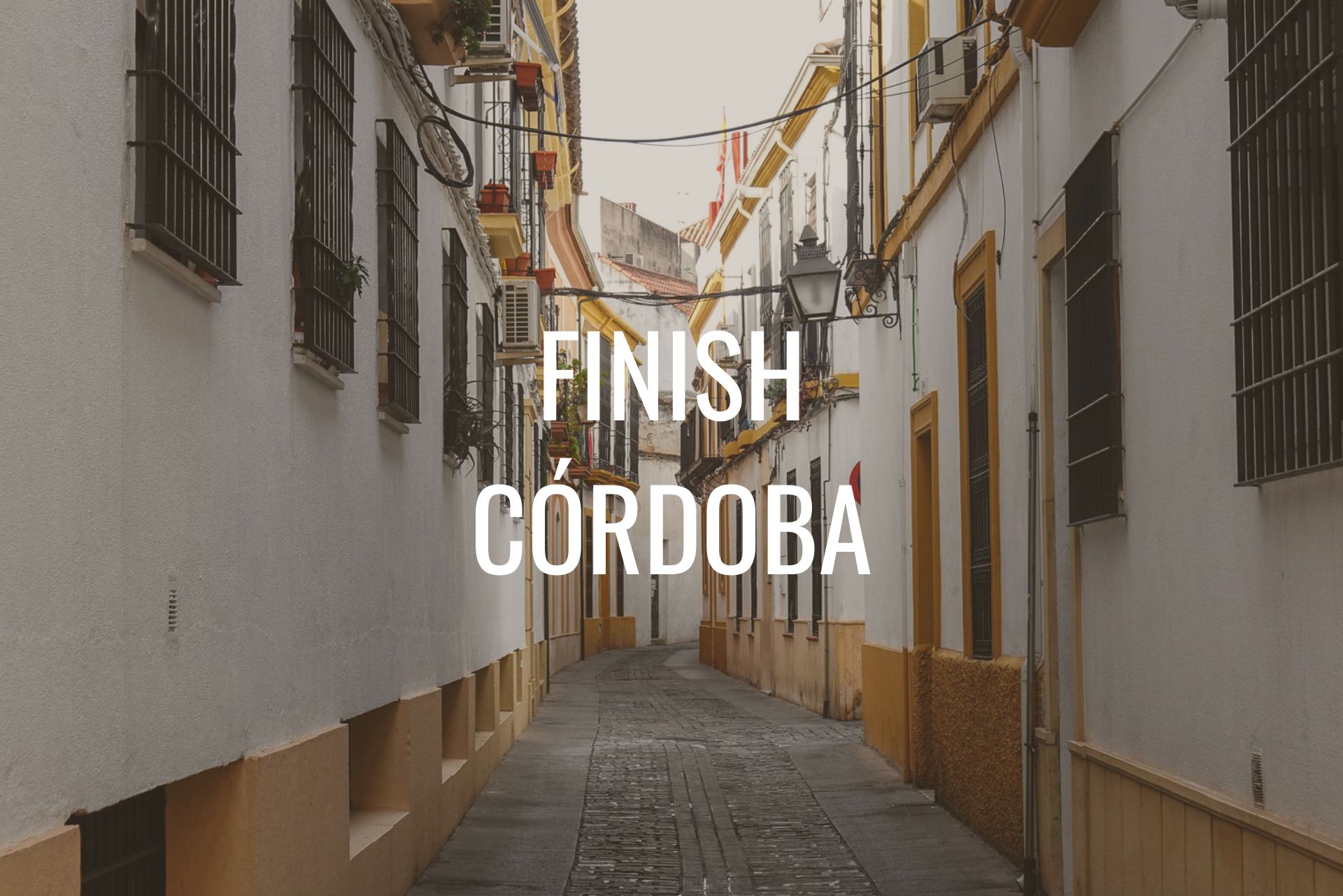No items found.
.avif)
The Lost Dot 101 is a new race brought to you by Lost Dot, the organisers of The Transcontinental Race, The Trans Pyrenees Race, and The Accursed Race.
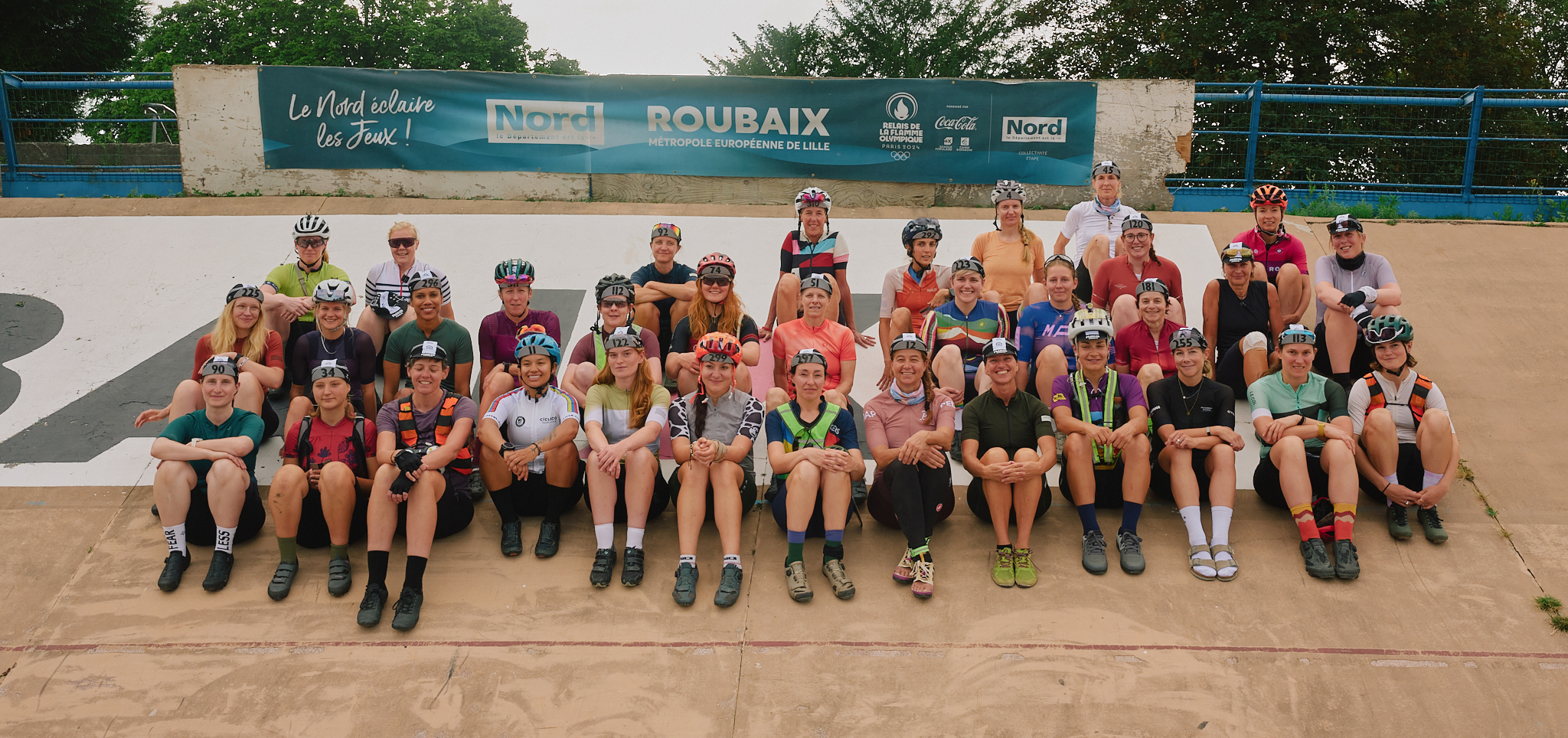
The foundational principle of all of our races. Find out what self reliance means to us and why it's such a powerful idea.

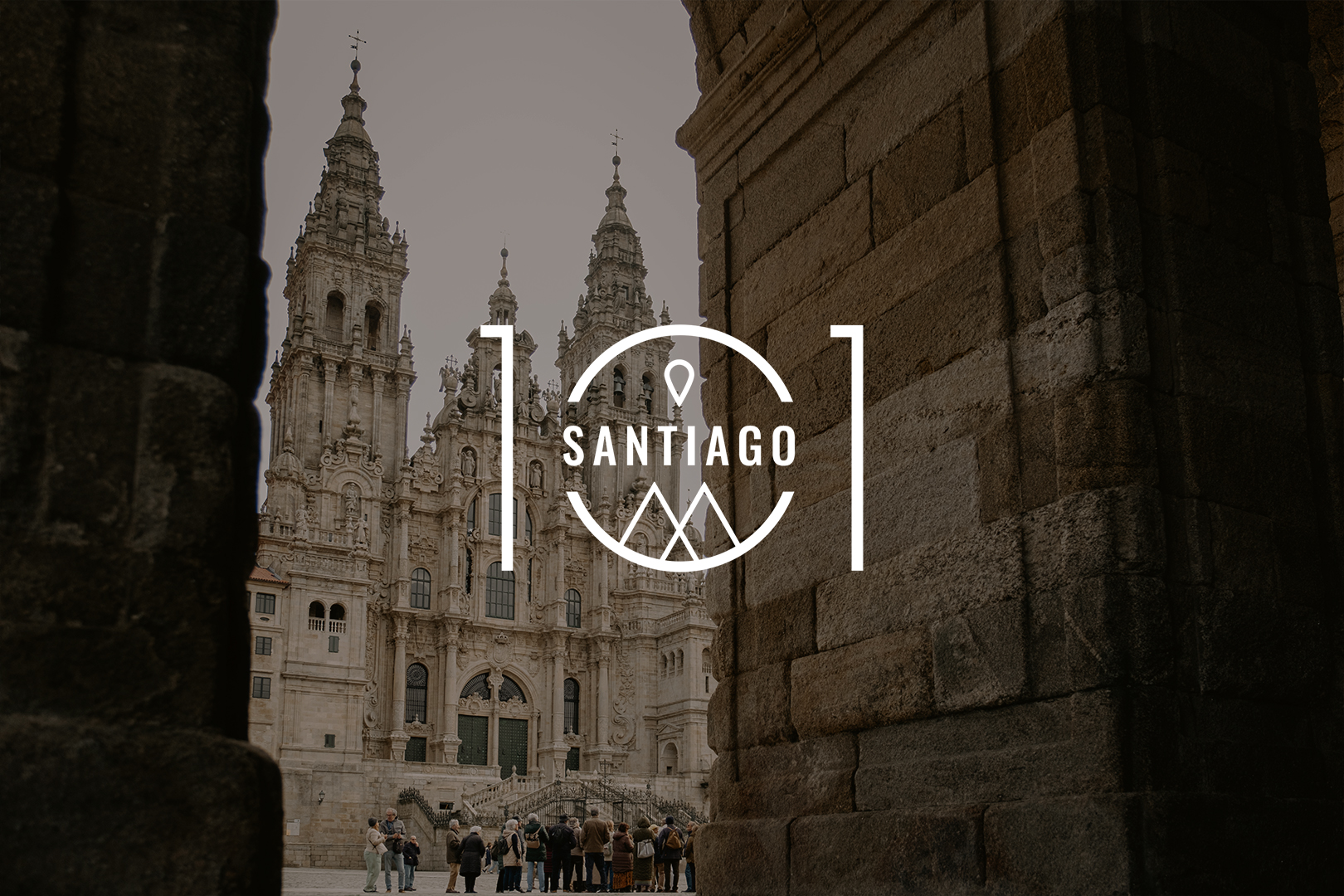
The Lost Dot 101 begins in Santiago de Compostela, where countless pilgrims have ended their journeys, and where riders of TCRNo11 started their journey to the east. From Santiago, the start parcours leads through Galicia’s rolling and forested hills to the deep folds of the Sil Canyon. Every morning the deep local mists rise from the valley under the warming sun, and as their last vestiges cling to the eucalyptus, so too will our riders start to cling to the deep shade left behind.
.jpg)
After the Start Parcours, riders will free-route into Portugal, many passing through the lush mountain vegetation in Montesinho Natural Park, arriving at the first control point in Bragança. This northern municipality, set deep in Trás-os-Montes, literally meaning “Beyond the Mountain”, has long stood as a sentinel on Portugal’s frontier. Over the centuries, Celts, Romans, and Arabs each left their mark on the region before it became a key stronghold in the formation of the Portuguese kingdom. Today, the town is recognised for its medieval walls and hilltop castle, which overlook a landscape of granite ridges, forested hills and high plains.
.jpg)
After visiting CP1, riders will free-route towards Parcours A, which begins at the magical Miradouro do Carrascalinho where riders may choose to stop a while and take in the majestic cliffs of the river canyon in the International Douro Natural Park. From this natural viewpoint, the inverse summit of the Douro canyon spreads below, topped by the blue green waters of the river itself, and circled by the nearly 3m wingspans of the rare Cinereous vultures.

The route then leads to Linhares, the second control point, perched on the slopes of the Serra da Estrela Natural Park. The village overlooks wide valleys and high granite ridges, where the landscape shifts between black oak forest, rock, and sky. Once part of a line of border defences, it retains much of its medieval layout, with narrow streets winding up toward its stone castle.
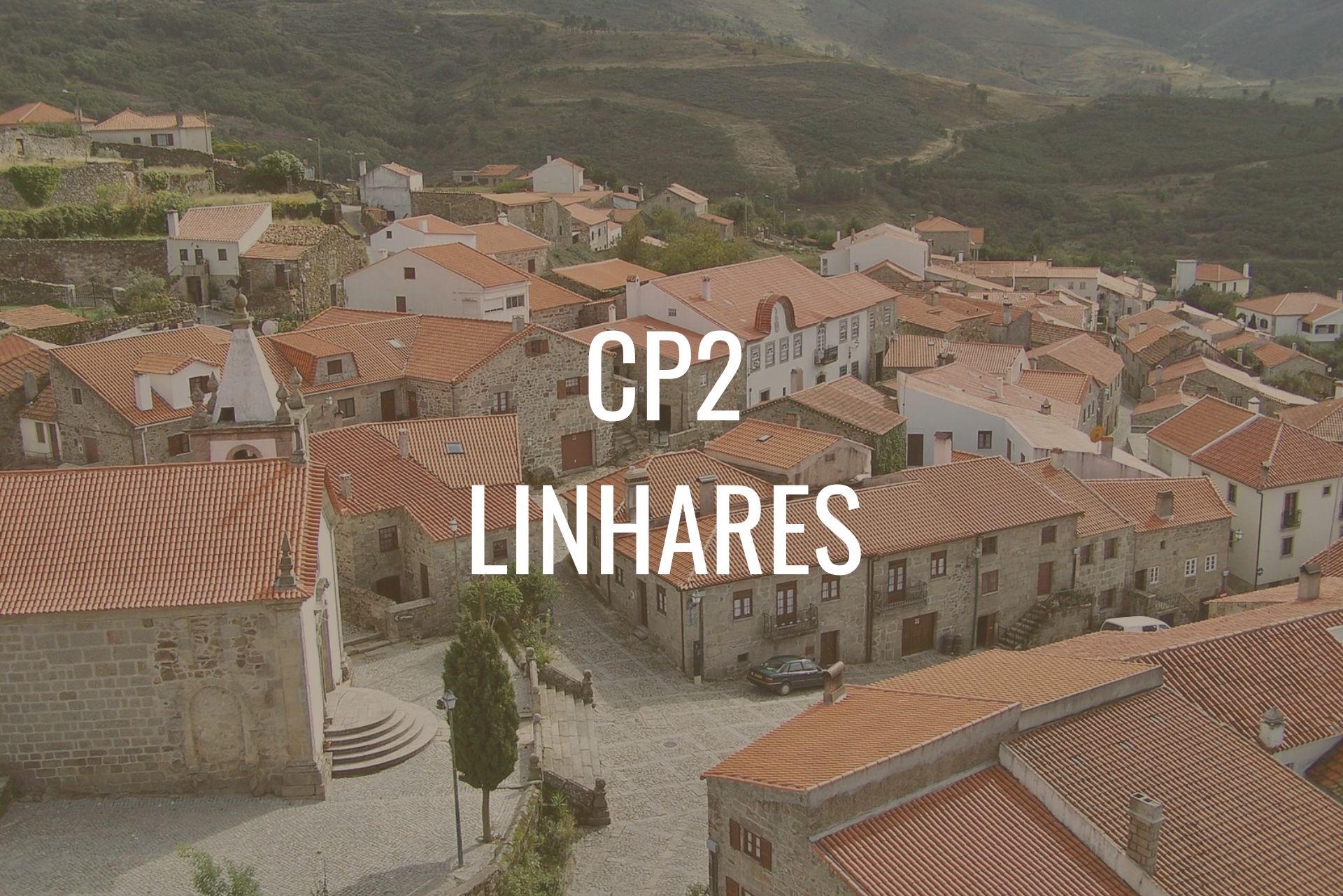
From Linhares, riders will free-route towards Parcours B, which traverses the Serra da Estrela mountains, finishing at Portugal’s highest peak, Torre. Sitting just shy of the millenium height, at 1993m the Portuguese refused to let geography stand in the way of national pride, building a 7m tower at the crown to take the mountain to all the way to the 2km mark.
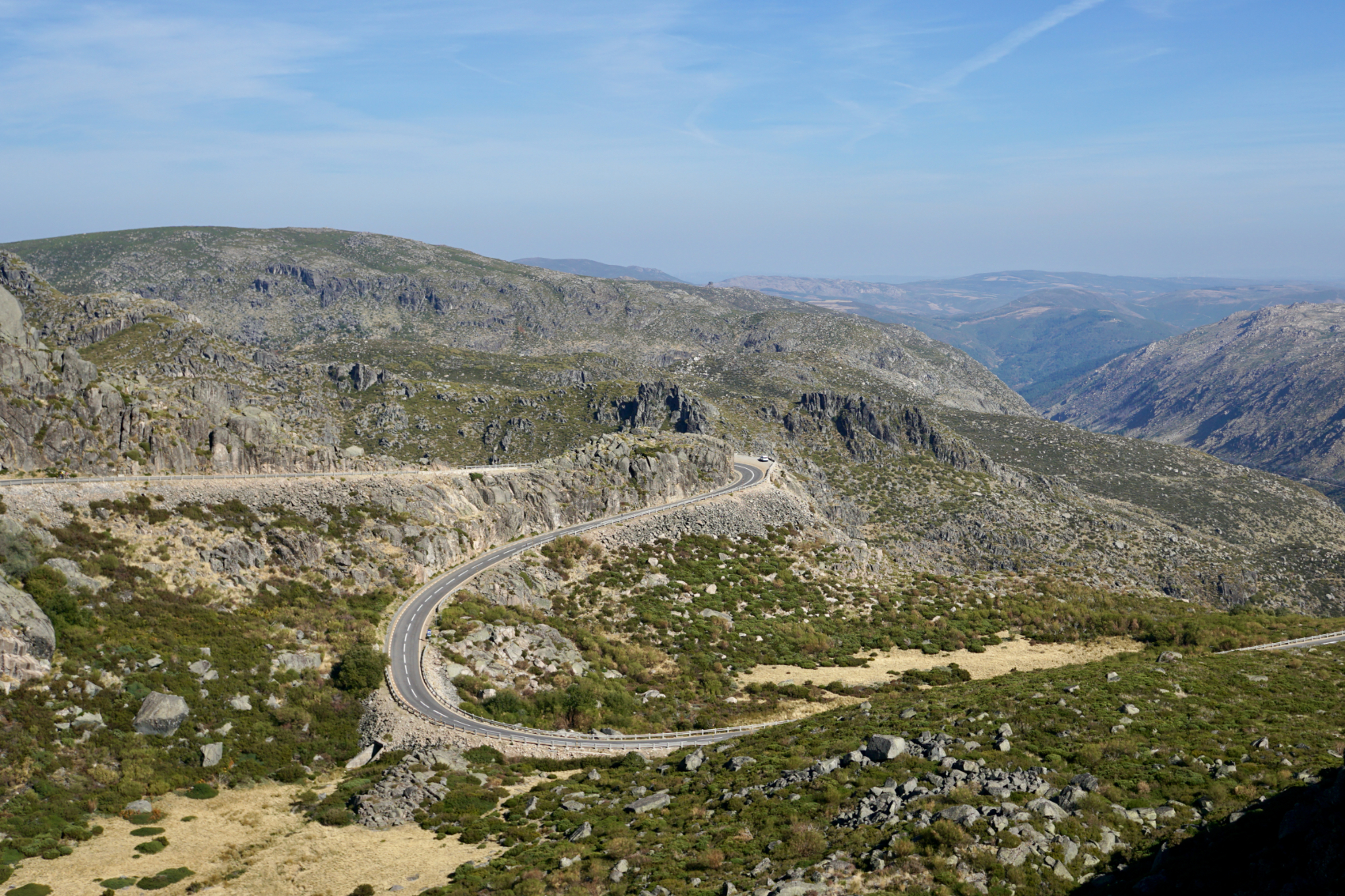
Part of the little known Las Batuecas park, El Portillo climbs over 800m in around 15km. Its perfect near symmetrical hairpins climb through ancient oak forests, clearing long enough to enjoy the immense vista of the deep green valley below, before plunging back into the shade of the forest which envelops the road.

Pico Villuercas rises sharply above the surrounding plateaus of Extremadura, and was visited by the Vuelta a España for the first time in 2021, cementing its status as a notorious climb. From the abandoned military installations and heliport at the 1603m summit, the views out across the folded Appalachian ridges below span for miles – offering a glimpse of Portugal on a clear day.
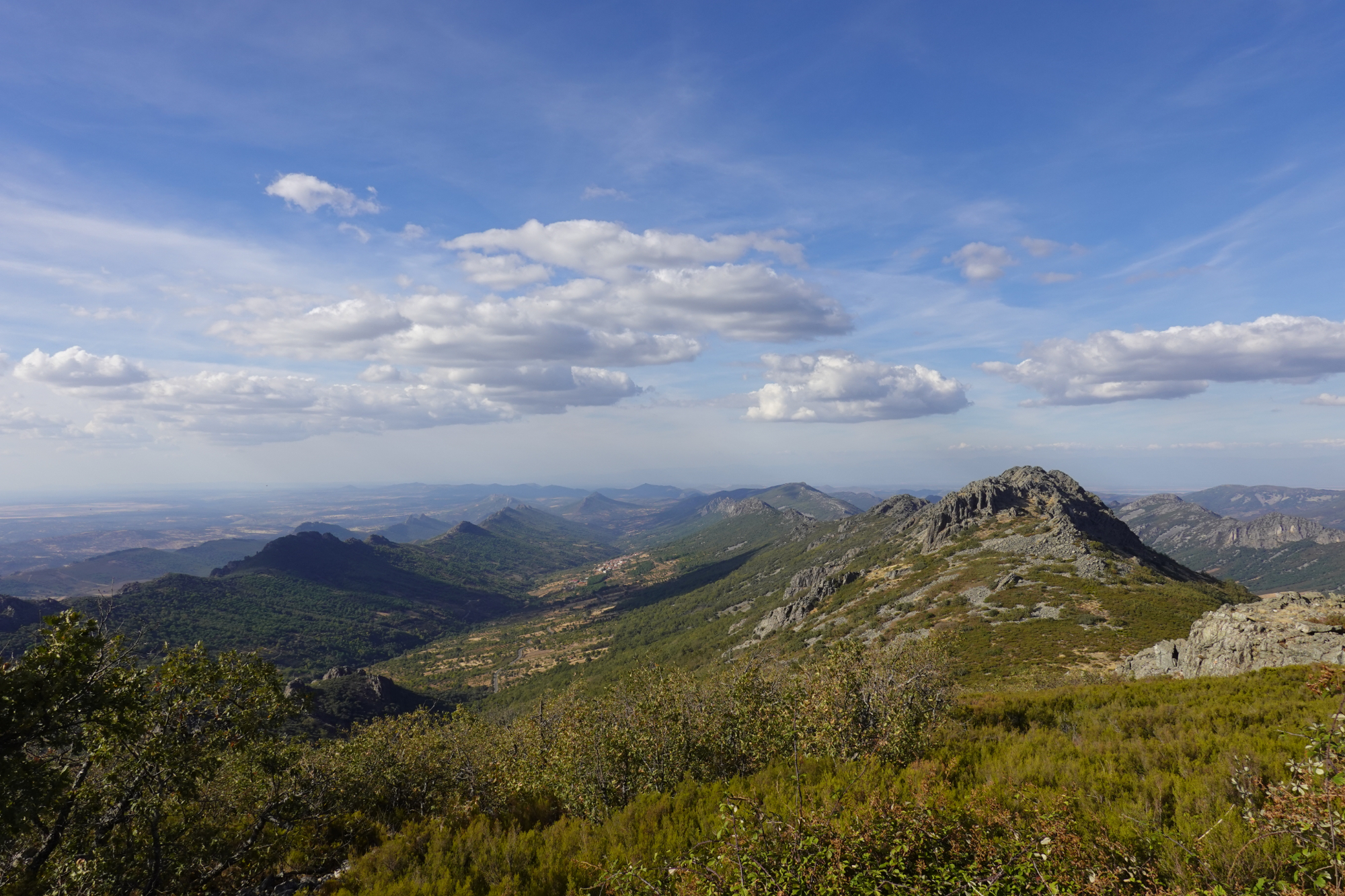
After taking on the steep slopes of the Pico Viluercas, riders reach Guadalupe, the third control point. Set in the hills of Extremadura, at the foot of the Pico Villuercas, the town grew around the Royal Monastery of Santa María de Guadalupe, a UNESCO World Heritage Site founded in the 14th century. For centuries, it served as one of Spain’s most important religious and cultural centres, visited by monarchs, explorers, and pilgrims. Today, its cobbled streets and terracotta rooftops remain framed by the wooded valleys and mountain ridges within the Villuercas-Ibores Geopark.
.jpg)
The finish parcours follows narrow, winding roads, skirting the edge of the Sierra de Hornachuelos Natural Park. The terrain rises and falls, reaching modest peaks of 500m before descending the balcony road with views towards the city of Córdoba. The Roman city flourished under the Caliphate of al-Andalus: the powerful Islamic state that ruled much of the Iberian Peninsula, where Islamic, Jewish, and Christian traditions coexisted and exchanged knowledge. This layered legacy remains visible in the city’s fabric – in the Mezquita-Catedral, where arches and columns recall its Islamic origins, and in the surrounding streets, synagogues, and churches that bear traces of each faith’s presence.
